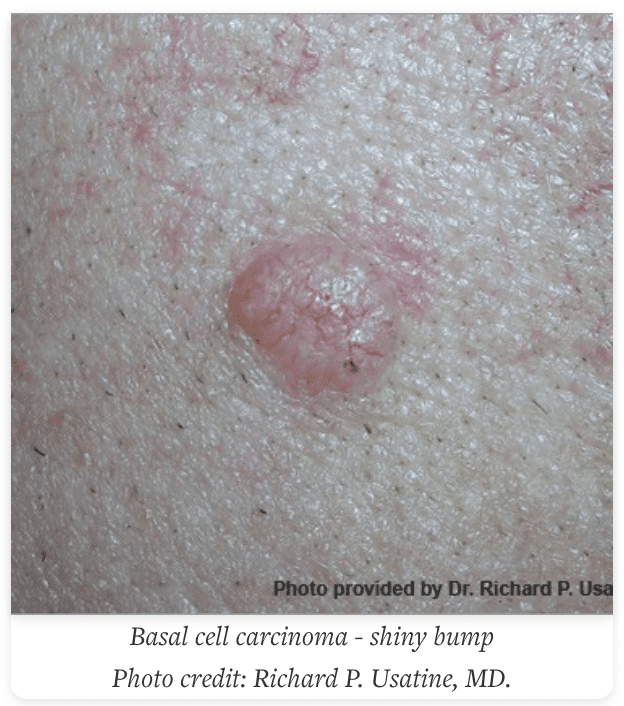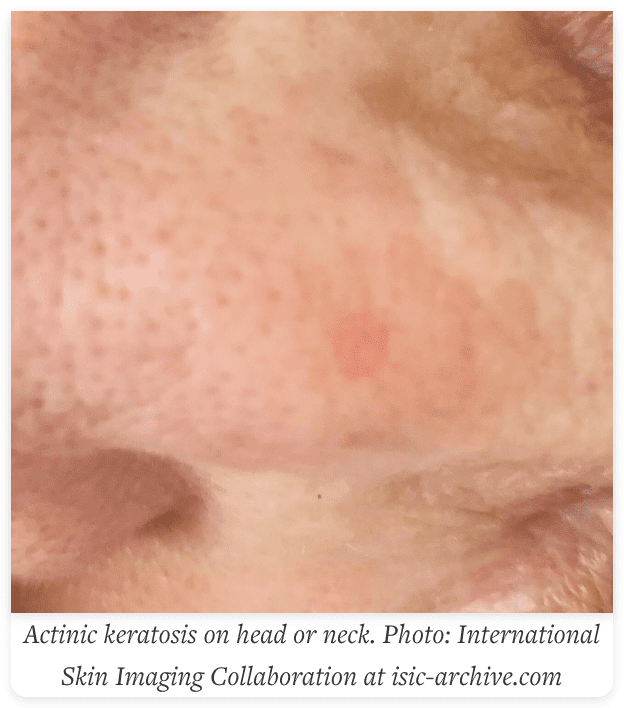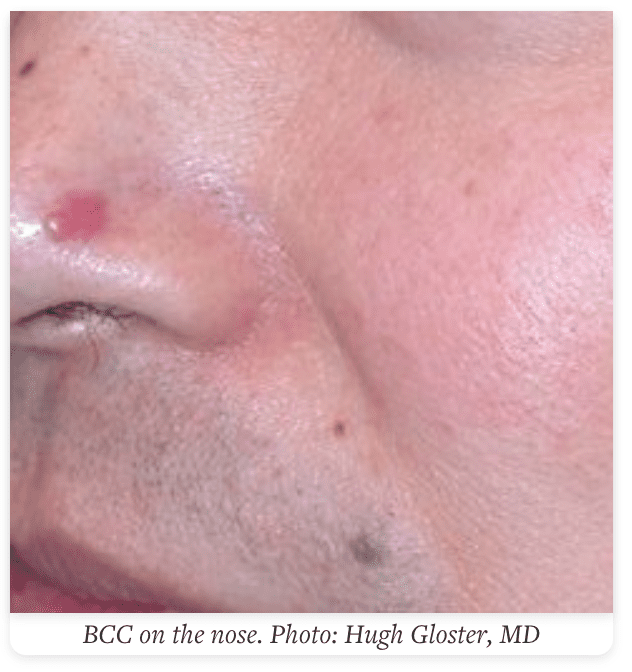It’s that point of yr: The solar is shining and dermatologists are shouting about SPF from the rooftops. It’s vital to maintain your pores and skin shielded from dangerous UV rays that may trigger pores and skin most cancers. And whereas routine pores and skin checks are vital to ensure your spots are tracked by a educated eye, educating your self about what to search for at residence may also probably save your life. When you’ve ever seen photos of pores and skin most cancers, that some basal cell carcinomas and actinic keratoses (pre-cancers) can very carefully mimic a pimple. “Skin cancer is our most common cancer—it’s more common than all cancers combined,” says New York dermatologist Deborah S. Sarnoff, MD, president of the Pores and skin Most cancers Basis. “But when caught early, it is usually curable, so you should always be on the lookout for it.” Right here’s what to remember.
Featured Skilled Deborah S. Sarnoff, MD is a board-certified dermatologist primarily based in New York and president of the Pores and skin Most cancers Basis The Key Variations Between Pores and skin Most cancers and a Pimple
“When doing a self-exam at home, it’s possible that someone might be unsure if a spot is skin cancer or a blemish,” says Dr. Sarnoff. “Skin cancer and pimples can sometimes be difficult to distinguish if you are not a dermatologist. Nonetheless, there are some key things to consider: Pimples are usually red and inflamed, and they may be tender or even contain pus. Pimples also generally resolve within two weeks’ time. Basal cell carcinoma, the most common form of skin cancer, can look just like a pimple in some cases. However, a basal cell carcinoma will persist longer than two weeks. It may seem to come and go, but it never really resolves fully. It may even start to bleed. The bottom line: If you see any sort of spot that is new, changing or unusual that persists longer than two weeks, you should check it out with your dermatologist.”
Photos of Pores and skin Cancers and Pre-Cancers That Look Like Pimples Picture courtesy of skincancer.org and Cincinnati dermatologist Hugh Gloster, MD  Picture courtesy of skincancer.org and San Antonio dermatologist Richard P. Usatine, MD
Picture courtesy of skincancer.org and San Antonio dermatologist Richard P. Usatine, MD  Picture courtesy of skincancer.org and the Worldwide Pores and skin Imaging Collaboration at isic-archive.com The Areas You Could Overlook to Test
Picture courtesy of skincancer.org and the Worldwide Pores and skin Imaging Collaboration at isic-archive.com The Areas You Could Overlook to Test
“Skin cancer can and does appear anywhere,” says Dr. Sarnoff. “Some areas requiring sun protection that we sometimes forget about are our lips and ears. And don’t forget to check your scalp, where skin cancers can certainly occur. It’s difficult to examine your own scalp, but a helpful tip is to ask your hairdresser to look closely when your hair is wet. If they see anything unusual, they can point it out to you, and you can then get it checked with your dermatologist.”
The best way to Keep away from a Dangerous Scar When Eradicating Pores and skin Most cancers on Your Face
In accordance Dr. Sarnoff, Mohs surgical procedure affords the highest skin-cancer remedy charge: as much as 99 % for a pores and skin most cancers that has not been handled earlier than. When eradicating a pores and skin most cancers from a fragile, extremely seen place like your face, head or neck, it’s vital to see a professional Mohs surgeon who will take particular care to keep away from a nasty scar. Not all dermatologists focus on these procedures. “Mohs surgery is done in stages all in one visit, while the patient waits between each stage,” she explains. “After removing a layer of visible cancerous tissue, the surgeon examines it under a microscope in an on-site lab. If any cancer cells remain, the surgeon knows the exact area where they are and removes another layer of tissue from that precise location, while sparing as much healthy tissue as possible. The doctor repeats this process until no cancer cells remain. For those patients who are not candidates for surgery, ultrasound-guided superficial radiation therapy is also an option.”
Why Sunscreen Is Important for Wholesome Pores and skin
Dr. Sarnoff says she will’t emphasize it sufficient. “Skin cancer is serious and sun protection and early detection saves lives. The Skin Cancer Foundation recommends regular skin exams and following a complete sun protection strategy that includes seeking shade, daily sunscreen use and covering up with clothing, hats and sunglasses. As president of the organization, I truly implore you to take this advice seriously and protect yourself.”









